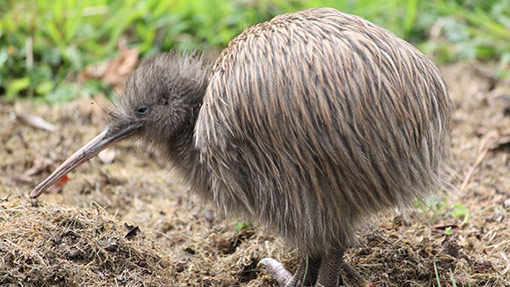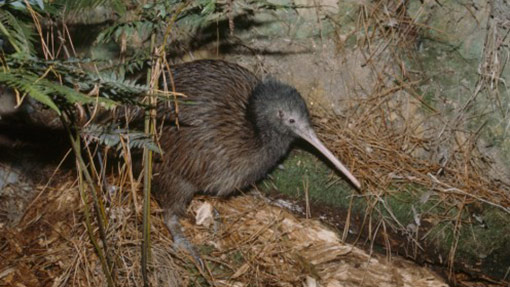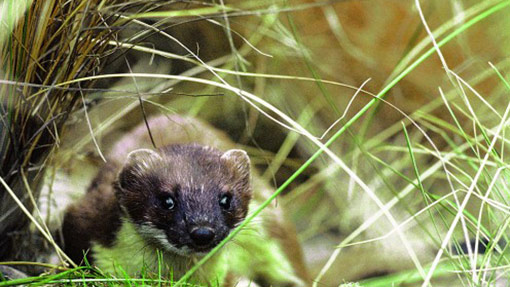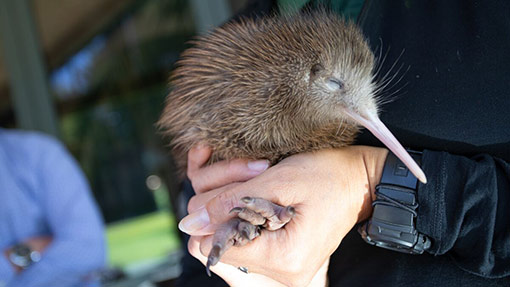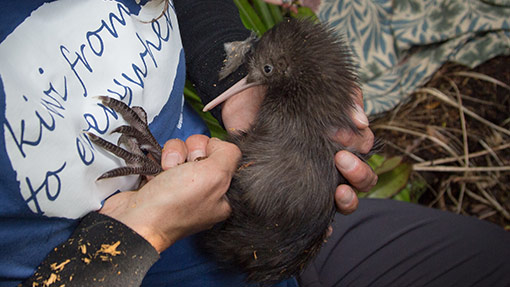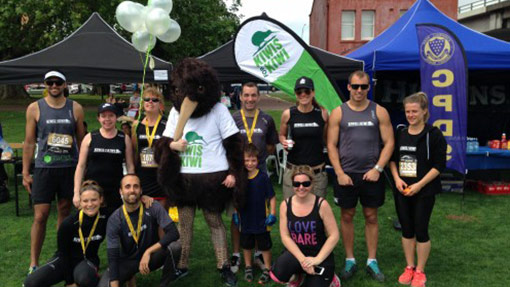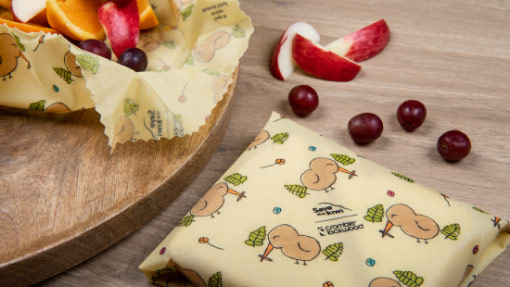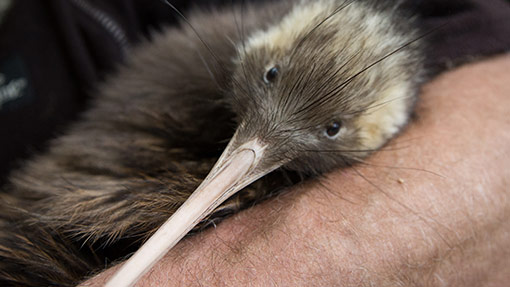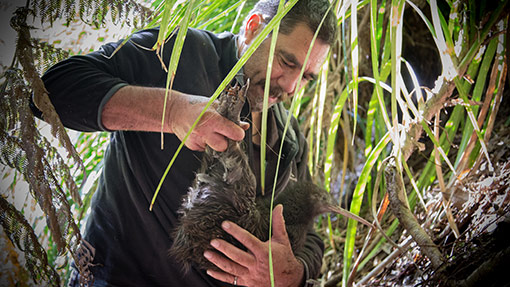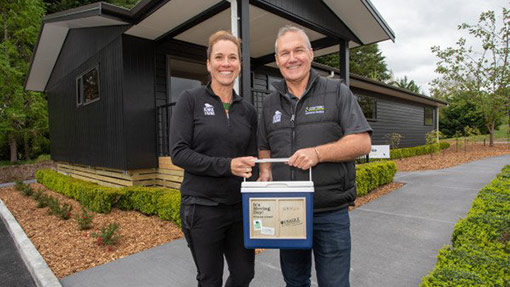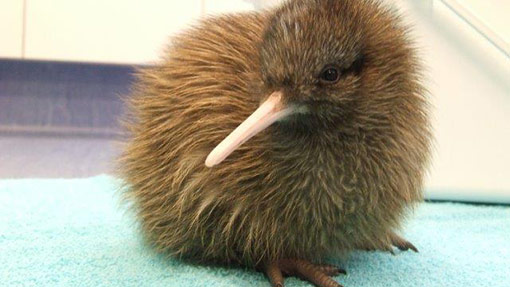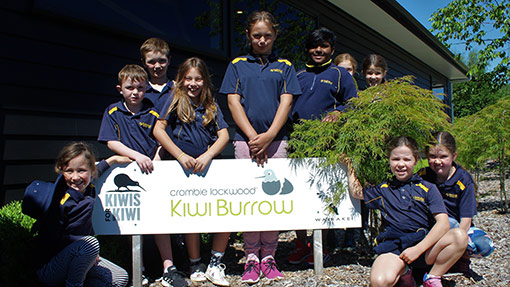Many people assume that kiwi only live in native forest. In fact, kiwi can live – and thrive – just about anywhere if there is enough food, water, shelter and protection from predators. That includes pine forest.
Over the last two decades, interest and knowledge about kiwi in plantation forests have increased, along with a feeling of responsibility and a desire to protect kiwi that already live there. This interest stems in part from a growing commitment to the natural environment, needing to comply with resource consent conditions imposed by regional councils, district councils and other territorial authorities, and in part to meet sustainable forestry certification standards.
Plantation forests have been proven as good habitat for kiwi. The soil is usually damp enough for kiwi to probe into, and the pine needle cover makes it easy to find food. In some areas, kiwi have naturally migrated from native forest into pine, and some plantation forests are now home to thriving populations of kiwi.
All over New Zealand, collaborative efforts are in place to ensure kiwi can thrive in all habitats, including exotic plantation forests. There are approximately 1.7 million ha of plantation forests in New Zealand. This number offers a significant opportunity for kiwi conservationists to expand their work beyond the boundaries of native forests.
Forestry companies already making a difference
There are several examples of forestry companies that already have kiwi living in their forests, are working to make their forests safe for kiwi in the future, or are working alongside local kiwi conservation projects.
In May 2023, Project Kiwi released the 100th kiwi into Summit Forest’s biodiversity block in the Coromandel’s Whangapoua Forest, a remarkable achievement for both Project Kiwi and the local forestry industry.
In November 2023, JPA Logging harvested a 50-hectare pine block on Cape Kidnappers in the Hawke’s Bay, which is also home to a large population of Eastern brown kiwi. Harvest operations were well planned from the outset, with landowners consulting with Save the Kiwi to ensure a smooth and trouble-free harvest for both the logging contractor and the resident kiwi.
Near Whakatāne, Rayonier Matariki Forests has been supporting Omataroa Kiwi Project for many years to assist with predator control. They also helped Omataroa Kiwi Project establish Te Teko Texas Rangers, an initiative which gives local students the opportunity to learn about kiwi conservation and the wider biodiversity of Omataroa Forest through an outdoor educational programme.
In Taranaki, Parininihi ki Waitōtara, Te Kāhui Maru, East Taranaki Environment Collective, Taranaki Kiwi Trust and NZ Forestry are working together on a taonga species research project in the Mangaoapa Forestry Block. Over the last year, data has been collected from transmitters of five kiwi, three males and two females. Itis part of a long-term study that looks at what happens to kiwi before, during and after pine harvesting.
In the Kāweka Ranges, Pinepack has worked with EcoEd to erect fencing around the Opouahi kiwi crèche and provide vehicles to make it easier for crèche staff and volunteers to get from A to B.
Several other forestry companies also contribute to conservation projects, by providing access to their land blocks and funding predator control work that is completed by these projects.
Save the Kiwi research project
To learn more about how kiwi and commercial plantation forests can co-exist, Save the Kiwi is undertaking an extensive research project into the effects of modern forest harvesting techniques on resident kiwi populations. This research project will track the movements of resident kiwi over five different harvest sites over the next five years in a ‘hands-off’ method, to understand more about how kiwi react to their pine plantation habitat being harvested.
Transmitters will be placed on resident kiwi, and their movements will be tracked for six months before harvest begins to get a baseline of normal movement patterns. They will then be tracked during harvest, without intervention, then for six months after harvest, to see how they utilise the post-harvest cutover.
This happens because disruptions due to mitigation measures to protect kiwi at harvest time can be frustrating, expensive and counterproductive. Save the Kiwi wants to better understand if money spent on mitigation would be better invested in other measures. These measures include predator control and education of staff and forest stakeholders over the life cycle of the forest, to increase kiwi populations to such robust numbers that occasional losses during harvest do not have a catastrophic impact on overall population trends.
This research project has the support of the Department of Conservation’s Kiwi Recovery Group. The last such research is believed to have been carried out in the early 1980s. Since then, harvesting techniques have evolved significantly.
How can forestry owners get involved in kiwi conservation?
If a forestry company wants to get involved in kiwi conservation initiatives, they should first establish if kiwi already live in their forests. The easiest way to do this is to put out a series of acoustic recorders that will capture the call of any kiwi in the area.
The next thing is predator management that specifically targets mustelids, to protect any kiwi that already live in the forest and to prepare for the possible future arrival of kiwi there. While many forests already carry out possum trapping, trapping that targets stoats and ferrets is essential when creating safe spaces for kiwi. Baiting appropriately and regularly checking traps is also essential.
Setting up traplines and checking traps in forestry spaces can be easier than in native forest because of the established roading and infrastructure. Where new traplines must be cut in dense native forest, traps can be easily installed along existing roads in plantation forests, which makes setting up predator management initiatives easier, faster and more affordable.
Next, it is important to address dogs. By keeping dogs out of a forest or requiring any dog that enters the forest to have gone through Kiwi Avoidance Training and always be on a lead, will significantly improve the survival rates of kiwi in the area.
Kiwi Avoidance Training is a useful tool to help ‘dogs with jobs’, like hunting or farming dogs, to learn how to avoid kiwi should they meet one face to face. However, it’s important to note that it is not a silver bullet. Just because a dog has been trained to avoid kiwi, there is no guarantee that it will not attack a kiwi in the future. Just like a professional rugby player needs to train regularly to stay at peak performance, regular kiwi avoidance training is required to keep a dog up to speed.
Engage with local kiwi conservation groups, as they are very passionate about the work they do to protect exiting populations of kiwi and prepare land for future transfers or natural migration of kiwi. They are also eager to share knowledge and help like-minded people and organisations protect kiwi too. However, many of these projects are community organisations or run by volunteers so funding to do their important work is always tight. Consider donating money or volunteering time to groups that your kiwi conservation initiatives will complement.
This is a condensed version of an article written by Save the Kiwi for the NZ Journal of Forestry.
